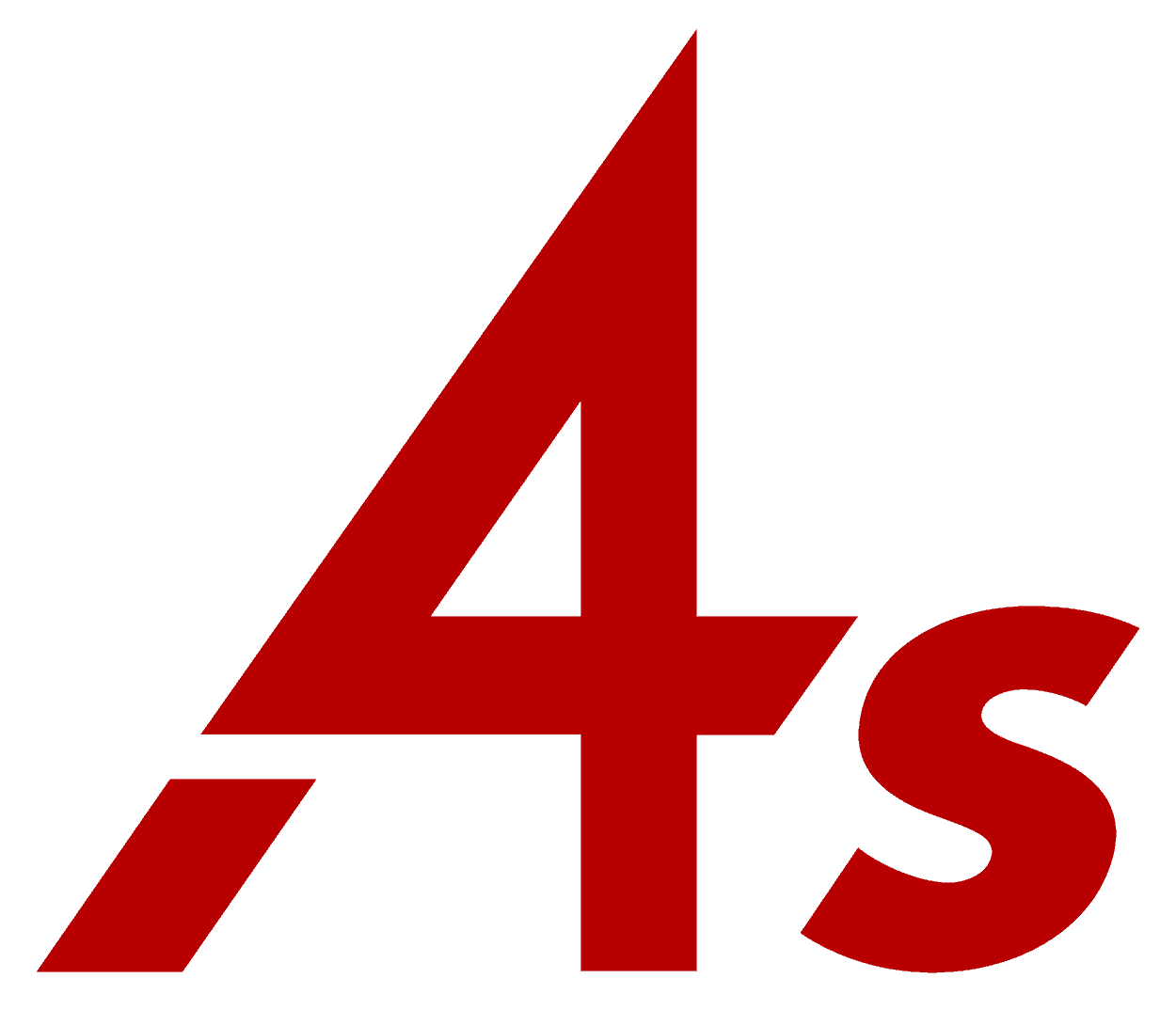Topic
- Government Relations
- Labor
On November 7, 2023, the 4As submitted written comments to the Department of Labor’s (DOL) proposed federal overtime rule to emphasize the specific interests of agencies in preserving reasonable federal overtime regulations that provide maximum flexibility in structuring employee hours, career advancement opportunities for employees, and clarity for employers when classifying employees. The proposed rule has been long anticipated by agencies and the larger business community as it is expected to have a significant bearing on businesses’ labor costs for white-collar workers. Among other significant changes, the proposed rulemaking increases the minimum salary level at which white-collar workers are eligible for overtime pay.
4As comments focused on the significant operational and labor cost predictability challenges agencies can expect if the proposed overtime rule is adopted, particularly in light of the rule’s automatic, triennial updates to the minimum salary threshold. The comments address significant concerns including reducing access to professional development and career advancement opportunities for early career professionals and curtailing the remote workplace and schedule flexibilities workers have become accustomed to after the COVID-19 pandemic. Other highlights include the proposed rule’s potential impact on merit-based compensation and the significant, unaccounted-for wage compression impacts agencies will see between supervisors and their direct reports.
As part of its recommendations to the proposed rule, 4As urged DOL to incorporate several changes including 1) adopting a more reasonable minimum salary threshold number for overtime exemption, 2) incorporating a gradual, multi-year phase-in for the initial minimum salary threshold change in the rule, 3) abandoning the required triennial automatic updates provision, and 4) establishing a pro-rata adjustment for part-time workers, among others.
The 4As also signed onto regulatory comments filed by more than 244 national, state, and local organizations representing employers from a wide range of private industry and the public, nonprofit and education sectors through the Partnership to Protect Workplace Opportunities (PPWO). Details on the PPWO comments can be found here.
To be exempt from overtime under the Fair Labor and Standard Act’s (FLSA) “white collar” executive, administrative, and professional exemptions, employees must be paid a salary of at least the threshold amount AND meet certain duties tests. If they are paid less or do not meet the tests, they must be paid 1.5 times their regular hourly rate for hours worked in excess of 40 in a workweek. Proposed revisions in the rulemaking include increasing the minimum salary threshold level to the 35th percentile of earnings by full-time salaried workers in the lowest-wage Census Region (currently the South). That’s above the 20th percentile in the current rule but less than the 40th percentile in the scuttled Obama-era policy. At the time of the rulemaking, the salary threshold would be raised to $55,068 from $35,568. Based on DOL’s projections, if the proposed rule is finalized in the first quarter of 2024—which would be an exceptionally quick process—the threshold could be as high as $60,209, a 69% increase from the current threshold. The new proposed rule also includes automatic increases to the overtime threshold every three years to reflect current earnings data. The proposed rule will allow an employer to satisfy up to 10 percent of an employee’s salary level with non-discretionary bonuses, incentive payments, and commissions (but not for threshold applicable to highly-compensated employees).
Other notable changes in the rulemaking include an update to the highly compensated employee (HCE) total annual compensation threshold from $107,432 to $143,988 and a restoration of overtime protections for U.S. territories. The DOL did not propose any updates to the FLSA duties tests.
Labor policy experts expect that a final federal overtime rule will be released in early Q2 2024. A robust legal challenge is likely after the federal overtime rule is finalized, and a court-imposed legal injunction is possible; however, affected agencies should review and audit their workplaces and prepare for the proposed rule to possibly take effect, as enforcement begins only 60 days after a final rule is adopted.
Worth noting, many states have their own salary and duties tests for determining whether an employee is exempt from overtime under state rules, including a higher minimum salary threshold than the current federal level. The federal overtime rule threshold is used as the national floor. Details state minimum salary thresholds can be found here.
Have questions about 4As advocacy on the federal overtime rule? Please contact Amanda Anderson, 4As VP of Government Relations.




